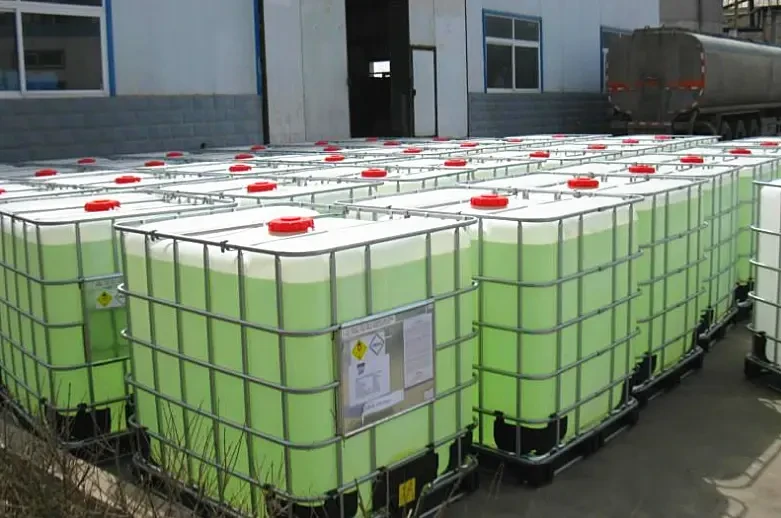Water Treatment pH Adjustment Ensuring Safe and Clean Water
Water is one of the most critical resources for human survival and ecological balance. It is essential not only for drinking but also for agriculture, industry, and recreational activities. However, natural water sources often contain impurities and anomalies, such as variations in pH levels, which can significantly affect water quality. Adjusting the pH of water is a crucial step in water treatment processes to ensure it is safe, clean, and suitable for various uses.
Understanding pH Levels
pH is a measure of how acidic or alkaline a substance is, on a scale from 0 to 14. A pH of 7 indicates neutrality, values below 7 represent acidity, and values above 7 indicate alkalinity. Drinking water, according to the Environmental Protection Agency (EPA), should ideally have a pH between 6.5 and 8.5. Water with a pH lower than 6.5 can corrode pipes and leach harmful metals such as lead and copper, while water with a pH above 8.5 can cause scaling and reduce the effectiveness of disinfectants used in water treatment.
Reasons for pH Variation
Several factors can contribute to pH variations in natural water sources. For instance, industrial effluents, agricultural runoff, and the presence of organic materials can lead to increased acidity. Conversely, limestone or alkaline soil can raise the pH levels. Other influencing factors include atmospheric conditions, water temperature, and even biological activity within the water. As a result, regular monitoring of pH levels is vital for ensuring water remains within safe parameters.
Importance of pH Adjustment
Adjusting the pH of water is essential for several reasons
1. Corrosion Prevention Lower pH levels can lead to the corrosion of plumbing and water distribution systems, potentially introducing harmful substances into the water supply.
2. Enhancing Disinfection Many disinfection methods, particularly chlorination, are more effective within specific pH ranges. Ensuring the pH is optimal can enhance pathogen removal and improve overall water quality.
water treatment ph adjustment

3. Protecting Ecosystems Aquatic life is sensitive to changes in pH. Fish and other organisms thrive within specific pH ranges, and significant deviations can lead to harmful effects on biodiversity.
4. Regulatory Compliance Water treatment facilities must comply with local and federal regulations regarding water quality. Maintaining pH levels within mandated ranges ensures compliance and protects public health.
Methods of pH Adjustment
When the pH of water needs adjustment, various methods can be employed, depending on whether it needs to be raised or lowered
- Acid Addition Common acids like sulfuric acid or hydrochloric acid are used to lower the pH of water. This is particularly useful when acidity needs to be balanced.
- Base Addition For raising pH levels, substances such as sodium hydroxide or calcium carbonate are often added. These bases neutralize acidity and increase alkalinity.
- Limestone Filtration In some cases, passing water through a limestone filter can naturally raise its pH level while also removing other contaminants.
- pH Buffers The use of pH buffering agents helps maintain stable pH levels by resisting changes in acidity or alkalinity due to external factors.
Conclusion
pH adjustment is a fundamental aspect of water treatment that plays a crucial role in ensuring the safety and quality of drinking water. By carefully monitoring and adjusting pH levels, treatment facilities can prevent corrosion, enhance disinfectant effectiveness, protect aquatic ecosystems, and comply with regulatory standards. As global demand for clean water continues to rise, understanding and implementing effective pH adjustment methods will be vital for sustainable water management and public health. In our quest for clean water, every drop counts, and effective pH management is key to achieving that goal.

